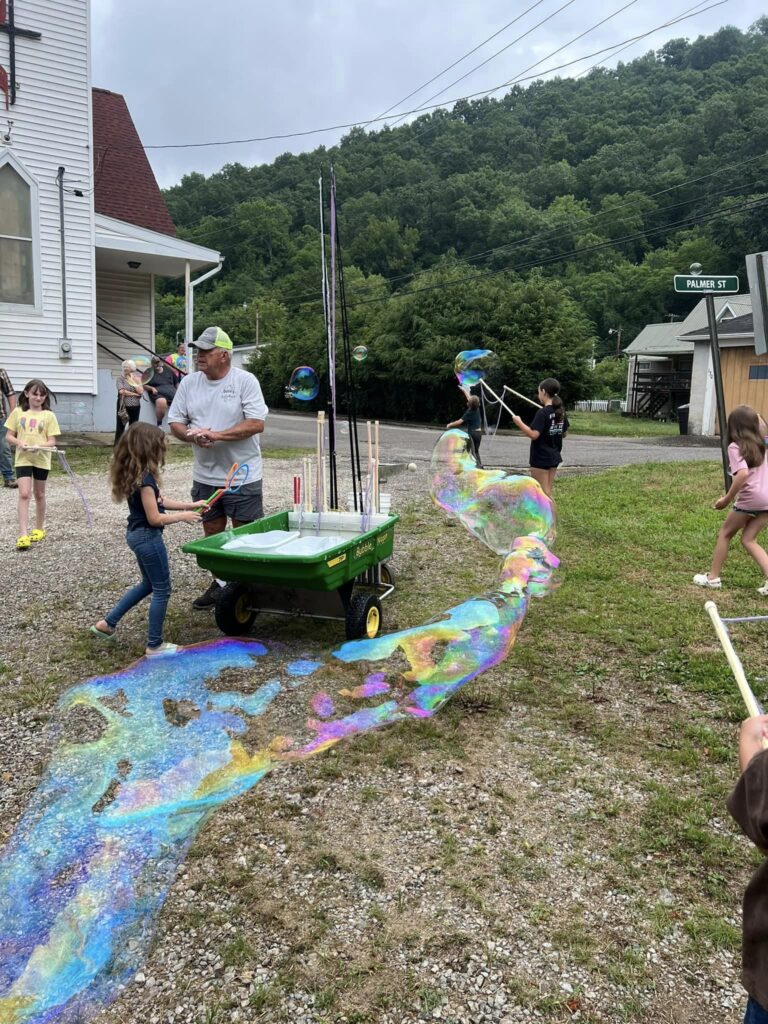Embarking on a road trip can be an exciting adventure, but unpredictable weather can present challenges along the way. Here are some essential tips to help you navigate bad weather conditions and stay safe on your road trip:
1. Plan Ahead:
Check the weather forecast for your route and destination before setting out on your road trip. Stay informed about any potential weather hazards such as storms, heavy rain, snow, or high winds that could affect your travel plans.
2. Pack Emergency Supplies:
Be prepared for unexpected emergencies by packing a roadside emergency kit that includes essentials such as a first aid kit, flashlight, blankets, non-perishable food, water, extra clothing, and a fully charged cell phone with a car charger.
3. Drive Cautiously:
Adjust your driving behavior to suit the current weather conditions, and reduce your speed to maintain control of your vehicle on wet or slippery roads. Increase your following distance and brake gently to avoid skidding or hydroplaning.
4. Stay Alert:
Stay vigilant and focused while driving in bad weather, keeping an eye out for hazards such as fallen debris, flooding, black ice, or reduced visibility. Use headlights and windshield wipers as needed to improve visibility for yourself and other drivers.
5. Check Road Conditions:
Stay informed about road closures, detours, and traffic updates by checking local news sources, transportation websites, or mobile apps. Avoid driving on roads that are flooded, icy, or hazardous, and consider alternative routes if necessary.
6. Maintain Your Vehicle:
Ensure your vehicle is in good condition before embarking on your road trip by performing routine maintenance checks such as checking tire pressure, fluid levels, brakes, lights, and windshield wipers. Keep your gas tank topped up to avoid running out of fuel in remote areas.
7. Plan for Rest Stops:
Take regular breaks to rest, stretch your legs, and refresh yourself during long drives, especially in challenging weather conditions. Look for rest areas, gas stations, or other safe locations to pull over and take a break when needed.
8. Monitor Weather Updates:
Stay updated on changing weather conditions throughout your journey by listening to local radio stations, checking weather apps, or utilizing in-car navigation systems that provide real-time weather alerts and updates.
9. Be Flexible:
Be prepared to adjust your travel plans or itinerary in response to changing weather conditions or unforeseen circumstances. Consider delaying your departure, taking alternate routes, or seeking shelter if conditions deteriorate significantly.
10. Safety First:
Above all, prioritize your safety and the safety of your passengers when traveling in bad weather. If conditions become too hazardous or you feel uncomfortable driving, don’t hesitate to pull over, seek shelter, or wait until conditions improve before continuing your journey.
By following these tips and staying prepared, you can navigate bad weather conditions with confidence and ensure a safe and enjoyable road trip experience.




